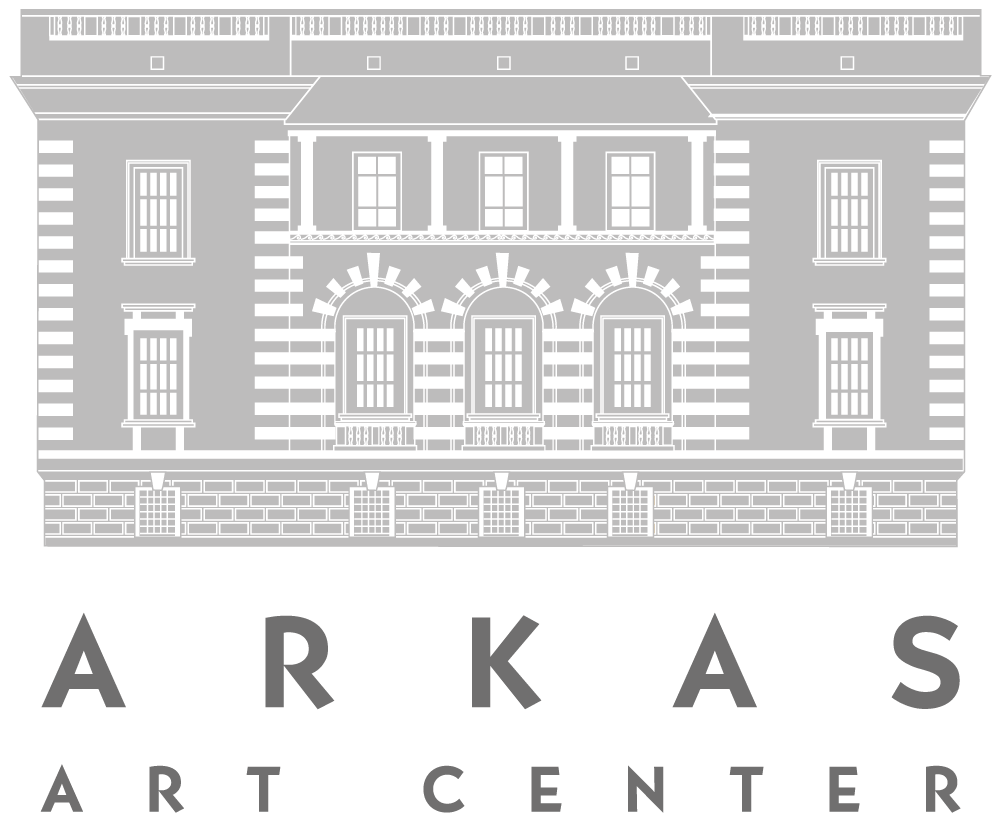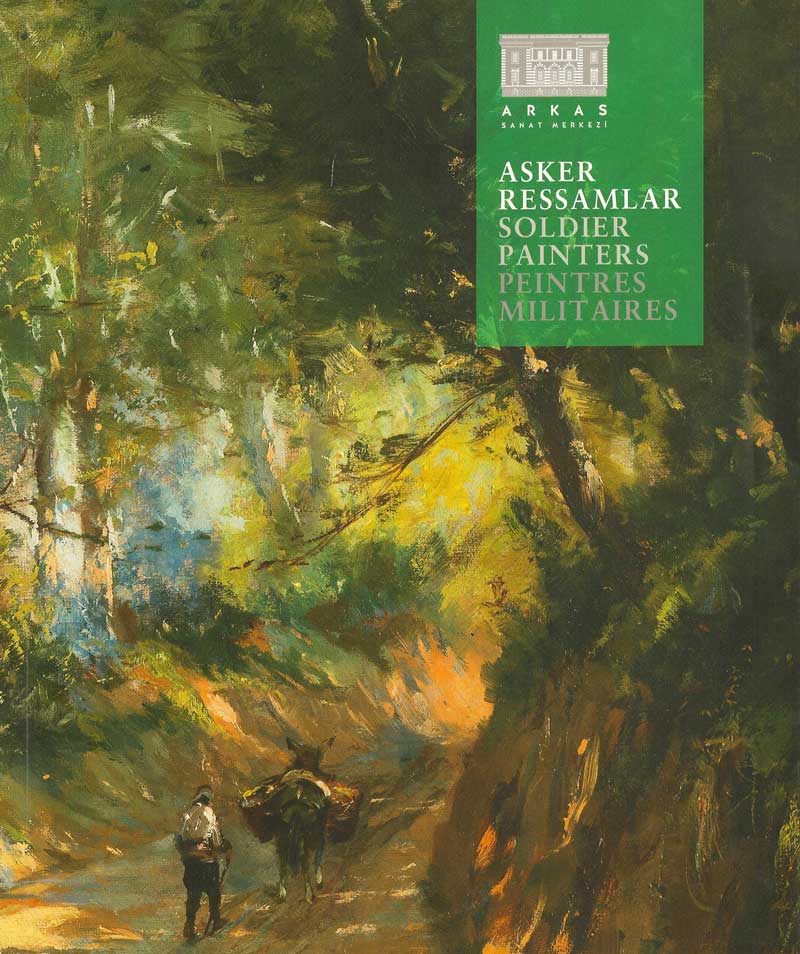SOLDIER PAINTERS
13 May 2013 – 09 August 2013
The beginning and development of the Turkish art of painting is directly related to the existence and activities of soldier painters in our society. The pioneers and the soldier painters that superseded them lived and produced in the one-hundred-year period starting in the first quarter of the 19th century, which lasted until the first quarter of the 20th century, in the last era of the Ottoman Empire, World War I, the wars after the disintegration of the Ottoman Empire and the foundation and the re-structuring of the Republic of Turkey. The deep change that was experienced in a one-hundred-year time period resulted in reformation of the social and cultural structure as the state embraced the Western lifestyle. Our soldier painters served to defend our motherland as their primary duty, while carrying the consciousness and responsibility of being an artist.
The first and second generation soldier painters had each been trained as an elite Ottoman officer, running to the barracks from their position as painting teachers in military schools, leaving their weapons for pencils and brushes whenever they had a chance. As they experienced the destructive conditions of the war and the notes that they took at the front, they were able to interpret important wars, in particular the War of Independence, with their strong paintbrush. With the foundation of the Republic, the consequent ideology of the and the Republic and the efforts to adopt Atatürk’s reforms were enhanced by the painters at the time who contributed to the efforts with their works.
The development of soldier painters starting with the Primitives and until 1900s, is an important part of the development of Turkish Painting. In their works, they prioritized landscape and still-life representations, aside from paintings of war that are traditional academic narrations. Their painting sensibilities have evolved from purely heartfelt, photo-realistic formalism to paintings with perspective, light-shadows. Their research into the impact of daylight in their open-air landscapes is a strong step towards impressionistic painting. Those who were a part of the 1914 group have enriched our specific impressionistic sensibility. They made signature works of Turkish painting including “Istanbul Paintings” and “Bosphorus Landscapes”. They made extraordinary works in the themes of figure, portraiture, nude and compositions with nudes. After the 1930s, they did not participate in the structuralist and abstract pursuits that started to impact Turkish painting.They gifted major works of Turkish painting to the society. Their numerous unique and sincere works has successfully contributed to forming the foundation for painting to be embraced and admired by the society at large.
The exhibition that can be viewed until August 9th spans 65 years of the Soldier Painters’ Generation, includes 119 works, 73 of which belongs to Lucien Arkas’s collection. The selection of works by early-period soldier painters such as Şeker Ahmet Paşa, Hüseyin Zekai Paşa, Osman Nuri Paşa, Süleyman Seyyid and important works by cornerstone painters, Hoca Ali Rıza, Naval Officer İsmail Hakkı, Sami Yetik.
During the summer, the exhibition will be open 5 days a week. Summer hours will be, Monday, Tuesday, Wednesday, Friday, 10am-6pm, Thursday, 10am–8pm. Admission is free.


